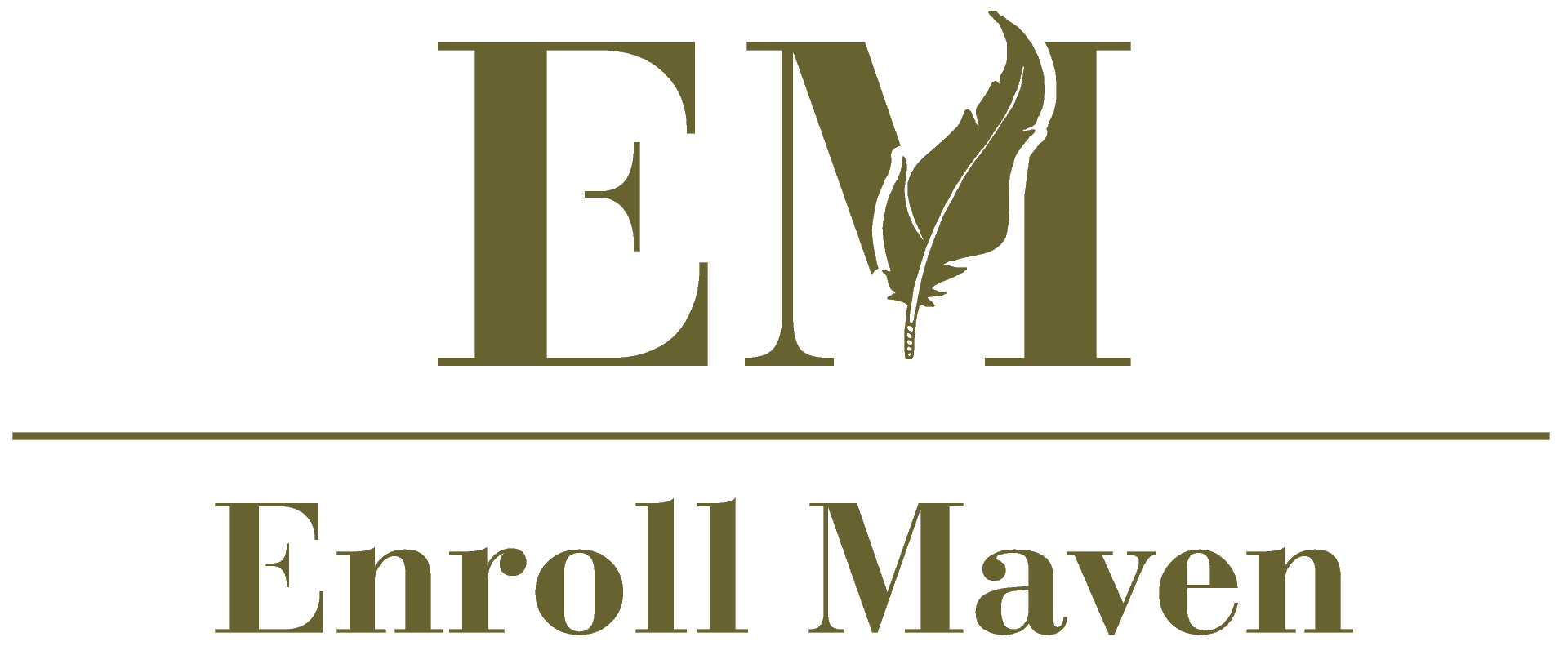Creating a well-structured study plan is essential for achieving academic success and professional growth. However, many individuals struggle to develop effective study plans due to lack of understanding about what constitutes a good learning plan, the importance of setting clear goals, and the key components of a comprehensive study plan template. In this article, we will delve into the world of study plan development, exploring the benefits of creating a personalized development plan for students, teachers, and professionals alike.
Developing a Study Plan
As a student, having a well-planned study schedule can significantly impact your academic success.
- Set Clear Goals
- Assess Your Time Management Skills
- Create a Realistic Study Schedule
- Establish a Consistent Routine
- Review and Adjust Regularly
Determine what you want to achieve in a semester or year, and set specific, measurable goals.
This could include earning a certain GPA, completing a challenging course load, or preparing for standardized tests.
Write down your goals and track your progress regularly to stay motivated and focused.
Evaluate how you currently spend your time, including studying, attending classes, working, and relaxing.
Identify areas where you can improve your time management skills, such as prioritizing tasks, avoiding procrastination, and minimizing distractions.
Consider using tools like calendars, planners, or apps to help you stay organized and on track.
Based on your goals and time management assessment, create a study schedule that allocates sufficient time for each subject or task.
Be realistic about how much time you need to dedicate to studying each day or week, and leave some buffer time for unexpected events or self-care activities.
Break down larger tasks into smaller, manageable chunks, and prioritize the most critical ones first.
Stick to your study schedule consistently, even on weekends or days off.
Avoid cramming or pulling all-nighters, as this can lead to burnout and decreased productivity.
Take regular breaks to recharge and refocus, and engage in physical activity or relaxation techniques to reduce stress.
Regularly review your study schedule and adjust it as needed to reflect changes in your goals, availability, or learning style.
Seek feedback from peers, teachers, or mentors to identify areas for improvement and gain new insights.
Stay flexible and adapt to unexpected challenges or opportunities, and be willing to pivot your strategy if necessary.
By following these steps, you can develop a study plan that helps you achieve your academic goals and reduces stress and anxiety.
Remember to stay committed, flexible, and open to feedback, and don’t hesitate to seek help when needed.
With persistence and dedication, you can create a study routine that works for you and sets you up for long-term success.
Learning Plan Development
As a student, educator, or professional seeking personal or career growth, developing a learning plan is essential to achieving your goals.
- Identify Your Learning Goals
- Assess Your Current Skills and Knowledge
- Set Specific, Measurable, Achievable, Relevant, and Time-bound (SMART) Objectives
- Choose Appropriate Learning Resources
- Create a Schedule and Timeline
- Seek Support and Accountability
- Monitor Progress and Adjust as Needed
Determine what you want to learn or accomplish, whether it’s acquiring a new skill, advancing in your profession, or pursuing further education.
Evaluate your strengths and weaknesses, and identify areas where you need improvement or additional training.
Break down your long-term goals into smaller, manageable objectives that align with your values and priorities.
Select courses, workshops, online tutorials, books, or other materials that cater to your learning style and needs.
Plan out when and how you’ll dedicate time to learning, setting realistic deadlines and milestones along the way.
Share your learning plan with a mentor, friend, or family member and ask them to hold you accountable and provide feedback.
Regularly evaluate your progress, celebrate successes, and adjust your plan to stay on track or overcome obstacles.
By following these steps, you can create a personalized learning plan that helps you achieve your goals and stay motivated throughout the process.
Additional Tips and Resources
Consider enrolling in online courses or degree programs offered by reputable institutions, such as Coursera or edX .
You may also find valuable resources and communities on platforms like Quora or ForumBee .
Remember to stay focused, persistent, and patient, and don’t hesitate to seek help when needed.
What is the App That Creates Study Plans?
As a student, managing your time effectively is crucial to achieving academic success.
- Create a custom academic schedule with reminders and notifications
- Organize all your classes and activities in one place
- Make time management effortless, whether you’re handling multiple classes, part-time work, or just need daily class reminders
There are several apps available that can help you create study plans and stay organized.
Top Study Planning Apps:
- MyStudyLife
- Enroll Maven
- Other Study Planning Apps
These apps offer features such as scheduling, reminders, and organization tools to help you manage your time effectively.
Features to Look for in a Study Planning App:
- Scheduling tool to plan out your day, week, or month
- Reminders and notifications to stay on track
- Organization tools to keep all your classes and activities in one place
- Customization options to tailor the app to your needs
When choosing a study planning app, consider what features are most important to you and look for an app that meets those needs.
Benefits of Using a Study Planning App:
- Improved time management skills
- Increased productivity
- Reduced stress and anxiety
- Better organization and prioritization
By using a study planning app, you can take control of your time and stay focused on your goals.
Development Plan for Students
A well-crafted development plan helps students set achievable goals, track progress, and stay motivated throughout their academic journey.
-
Identify Strengths and Weaknesses
Start by assessing your strengths, weaknesses, opportunities, and threats (SWOT analysis). This will give you a clear understanding of your current situation and help you identify areas for improvement.
-
Set SMART Goals
Establish Specific, Measurable, Achievable, Relevant, and Time-bound (SMART) goals that align with your interests and aspirations. Break down large objectives into smaller, manageable tasks to maintain momentum and motivation.
-
Create an Action Plan
Develop a step-by-step plan outlining the actions needed to achieve your goals. Include timelines, milestones, and resources required to stay on track.
-
Track Progress and Adjust
-
Foster a Support Network
Surround yourself with people who encourage and support your growth. Seek guidance from mentors, peers, or professionals to overcome challenges and stay accountable.
-
Cultivate Resilience and Adaptability
Develop coping mechanisms to handle stress, anxiety, or uncertainty. Stay flexible and open-minded, embracing new experiences and perspectives to enhance your personal and professional development.
By following these steps, you’ll be well-equipped to create a personalized development plan tailored to your unique needs and aspirations.
Example of Development Plan
A development plan is a roadmap outlining an individual’s professional growth and objectives, typically created in conjunction with their supervisor or mentor.
-
Short-Term Goals:
- Attend workshops or conferences to enhance skills in project management and leadership.
- Participate in cross-functional teams to broaden knowledge of various departments and processes.
- Develop a personal network of professionals in the industry through networking events and online platforms.
-
Mid-Term Goals:
- Pursue certification in a specialized field, such as digital marketing or data analysis.
- Take on additional responsibilities within the current role, such as leading a team or managing a project.
- Contribute to company-wide initiatives, such as diversity and inclusion committees or employee engagement programs.
-
Long-Term Goals:
- Pursue a promotion to a senior-level position, such as director or manager.
- Transition into a new role within the company, such as a specialist or consultant.
- Explore opportunities outside of the current organization, such as starting a business or joining a non-profit.
Development plans can be tailored to meet the unique needs and aspirations of each individual, and may involve setting specific, measurable, achievable, relevant, and time-bound (SMART) objectives.
Regular check-ins and progress evaluations can help individuals stay on track and adjust their plans as needed, ensuring a continuous cycle of growth and development.
Creating a Comprehensive Development Plan
To write a development plan, start by defining your goals and objectives.
-
Identify Your Goals
Determine what you want to achieve through your development plan. Are you looking to improve your skills, advance in your career, or switch industries? Clearly define your short-term and long-term goals.
-
Conduct a Self-Assessment
Evaluate your strengths, weaknesses, opportunities, and threats (SWOT analysis). Identify areas where you need improvement and opportunities for growth.
-
Research and Gather Information
Learn about the industry, job market, and required skills. Research companies, job descriptions, and salary ranges to understand the landscape.
-
Set Specific, Measurable, Achievable, Relevant, and Time-bound (SMART) Objectives
Break down your long-term goals into smaller, manageable tasks. Establish deadlines and milestones to track progress.
-
Create an Action Plan
Develop a step-by-step plan to achieve your objectives. Include specific actions, timelines, and responsible parties.
-
Establish a Budget and Resources
Determine the financial and material resources needed to support your development plan. Allocate funds for training, education, and equipment.
-
Monitor Progress and Adjust
Regularly review and evaluate your progress. Make adjustments to your plan as needed to stay on track.
Key Considerations
When creating a development plan, consider the following:
-
Time Management
Balance work, personal, and learning responsibilities to avoid burnout.
-
Financial Planning
Allocate funds for education, training, and equipment to support your development plan.
-
Networking
Build relationships with professionals in your industry to gain insights and opportunities.
-
Continuous Learning
Stay updated with industry trends, best practices, and emerging technologies to remain competitive.
Conclusion
A well-crafted development plan serves as a roadmap for achieving your professional goals. By following these steps and considering key factors, you can create a comprehensive plan that sets you up for success in your chosen field.





0 Comments